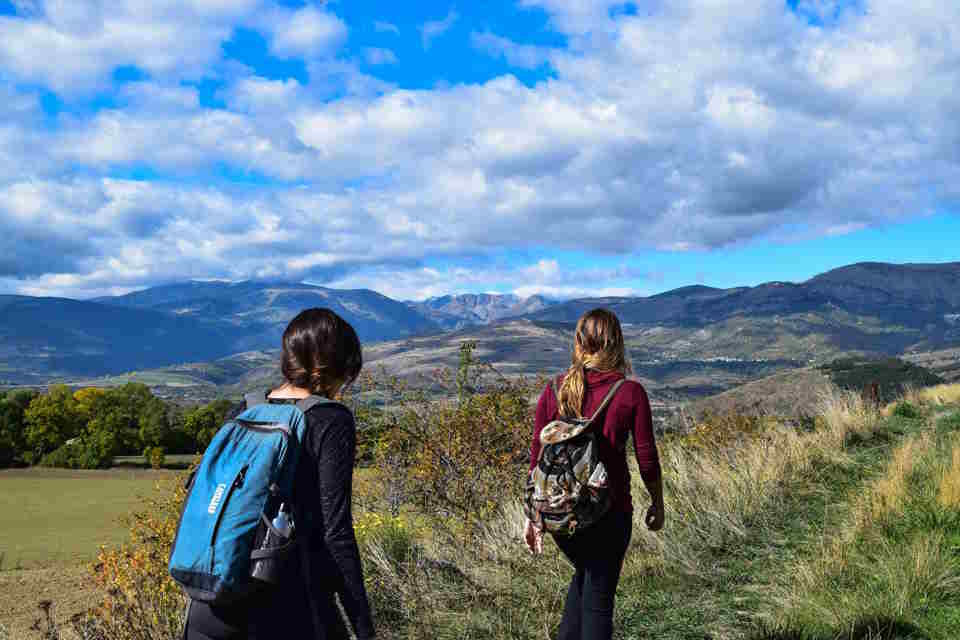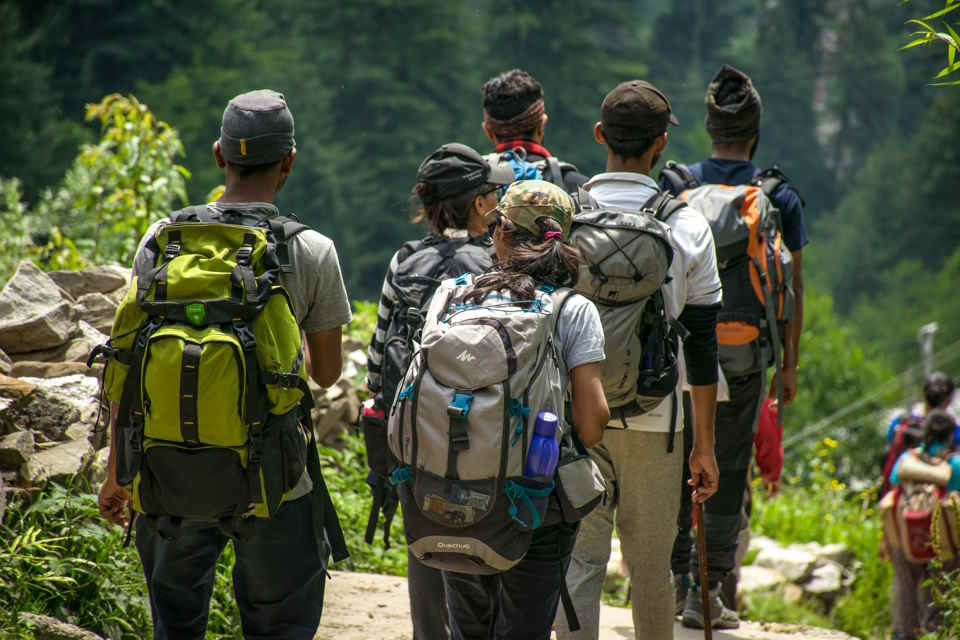Are you planning a trekking adventure and wondering what to wear? The right clothing and footwear can make a significant difference in your comfort and enjoyment during your trek. In this blog post, we will explore the essential elements of trekking attire to help you make the most of your outdoor experience. From choosing the right fabric to protect yourself from the elements to accessorizing for comfort and safety, we’ve got you covered. With tips on layering for variable weather and picking the right footwear, you’ll be well-prepared for your next trekking excursion. So, whether you’re a seasoned hiker or a beginner, read on to discover how to dress for success on the trails.Discover expert tips for choosing the right fabrics, layering effectively, selecting proper footwear, sun protection, and accessorizing for comfort and safety in variable weather conditions.
Choosing The Right Fabric
When it comes to outdoor activities, choosing the right fabric for your clothing can make a significant difference in your comfort and performance. Several factors should be considered when selecting the best fabric for your outdoor adventures.
One essential factor to consider is the breathability of the fabric. Breathable fabrics allow air to circulate and moisture to evaporate, keeping you cool and dry during physical activities. Look for fabrics such as polyester, nylon, or merino wool, which are known for their excellent breathability.
In addition to breathability, durability is another crucial aspect of outdoor fabric choices. Outdoor activities can be tough on clothing, so choosing a fabric that can withstand abrasion, tearing, and stretching is important. Fabrics like ripstop nylon or polyester blends are known for their durability and resistance to wear and tear.
Moreover, consider the weather conditions you will be facing during your outdoor activities. If you anticipate being in wet conditions, selecting a fabric with water-resistant or waterproof properties, such as Gore-Tex or eVent, can help keep you dry and comfortable. For hot and sunny conditions, look for fabrics with UV protection properties to shield your skin from harmful sun exposure.
Layering For Variable Weather
When it comes to dressing for variable weather, layering is key. The right clothing can help you stay comfortable and prepared for whatever mother nature throws your way. Start with a base layer, such as a moisture-wicking shirt or leggings, to help regulate your body temperature and keep you dry. From there, add a mid-layer, like a fleece or light sweater, to provide insulation. Finally, top it all off with an outer layer that is waterproof and windproof to protect you from the elements.
By having the ability to add or remove layers, you can adjust your clothing to accommodate changing weather conditions throughout the day. This flexibility is especially important for outdoor activities such as hiking or camping, where you may be exposed to a wide range of temperatures and weather patterns. It’s also important to consider the materials of the clothing you’re layering. Look for breathable, quick-drying fabrics that will help keep you comfortable and minimize sweat and moisture buildup.
Another thing to consider when layering for variable weather is to make sure your clothing is versatile and easy to adjust. For example, choose pieces that have zippers or vents, so you can easily regulate your body temperature when needed. Additionally, opt for clothing that can be easily packed and carried, so you can adjust your layers as needed on the go.
Layering for variable weather is not just about staying comfortable, it’s also about staying safe. By being prepared for changing weather conditions, you can minimize the risk of hypothermia, heat exhaustion, or other weather-related illnesses. So, whether you’re planning a day of outdoor activities or just need to be prepared for unpredictable weather, layering is the key to staying comfortable and safe no matter the forecast.
Picking The Right Footwear
When it comes to outdoor activities, whether it be hiking, walking, or running, choosing the right footwear is essential for comfort and to prevent injury. The right shoes can make all the difference in your overall experience and performance.
One of the most important factors to consider when picking the right footwear is the type of activity you will be doing. For activities like hiking or trail running, you will need a sturdy pair of hiking boots with good ankle support and traction for navigating uneven terrain. On the other hand, for activities like walking or casual running, a pair of lightweight, breathable sneakers with good cushioning may be more suitable.
Another crucial factor to consider is the fit of the shoes. Choosing the right footwear with the correct fit is vital to prevent blisters and discomfort. It’s important to try on different styles and brands to find the best fit for your feet. Make sure there is enough room in the toe box and that the shoes provide proper support for your arches and heels.
Lastly, don’t forget to take into account the weather conditions. For rainy or snowy weather, waterproof and insulated footwear is essential to keep your feet dry and warm. In hot weather, breathable and lightweight shoes are ideal to prevent overheating and discomfort.
Protecting Yourself From The Sun
Protecting yourself from the sun is essential for maintaining good skin health and preventing long-term damage. One of the best ways to protect your skin from the harmful effects of the sun is by using sunscreen with a high SPF. This will help to block out the majority of the sun’s harmful UV rays, reducing the risk of sunburn and skin cancer.
Furthermore, it’s important to seek shade during the peak hours of the day, typically between 10am and 4pm. This will help to minimize direct exposure to the sun and reduce the risk of sunburn and heatstroke.
When spending time outdoors, wearing protective clothing such as long-sleeved shirts, hats, and sunglasses can also provide an additional layer of defense against the sun’s harmful rays. By choosing clothing with a tight weave, you can further increase its sun protection properties.
Lastly, it’s important to stay hydrated and drink plenty of water when out in the sun. This will help to keep your body temperature regulated and prevent dehydration, which can be exacerbated by the hot sun.
Accessorizing For Comfort And Safety
When it comes to enjoying outdoor activities, comfort and safety should always be a top priority. One way to achieve this is by choosing the right accessories to enhance your overall experience. Whether you’re going for a hike, spending a day at the beach, or just taking a stroll in the park, the right accessories can make a world of difference.
One of the key accessories to consider for comfort and safety is a wide-brimmed hat. Not only does it provide shade and protection from the sun, but it also helps to keep you cool and comfortable. Additionally, a hat with a chin strap can help to secure it in place, especially in windy conditions.
Another important accessory to consider is sunglasses. Not only do they shield your eyes from harmful UV rays, but they also reduce glare and improve visibility, especially in bright outdoor settings. Look for sunglasses with UV protection and a comfortable fit to ensure both safety and comfort.
For outdoor activities in variable weather conditions, a multi-functional scarf or bandana can be a versatile accessory. It can provide protection from the sun, keep you warm in cooler temperatures, and even serve as a makeshift face covering when needed. Look for lightweight, moisture-wicking fabrics for optimal comfort.









